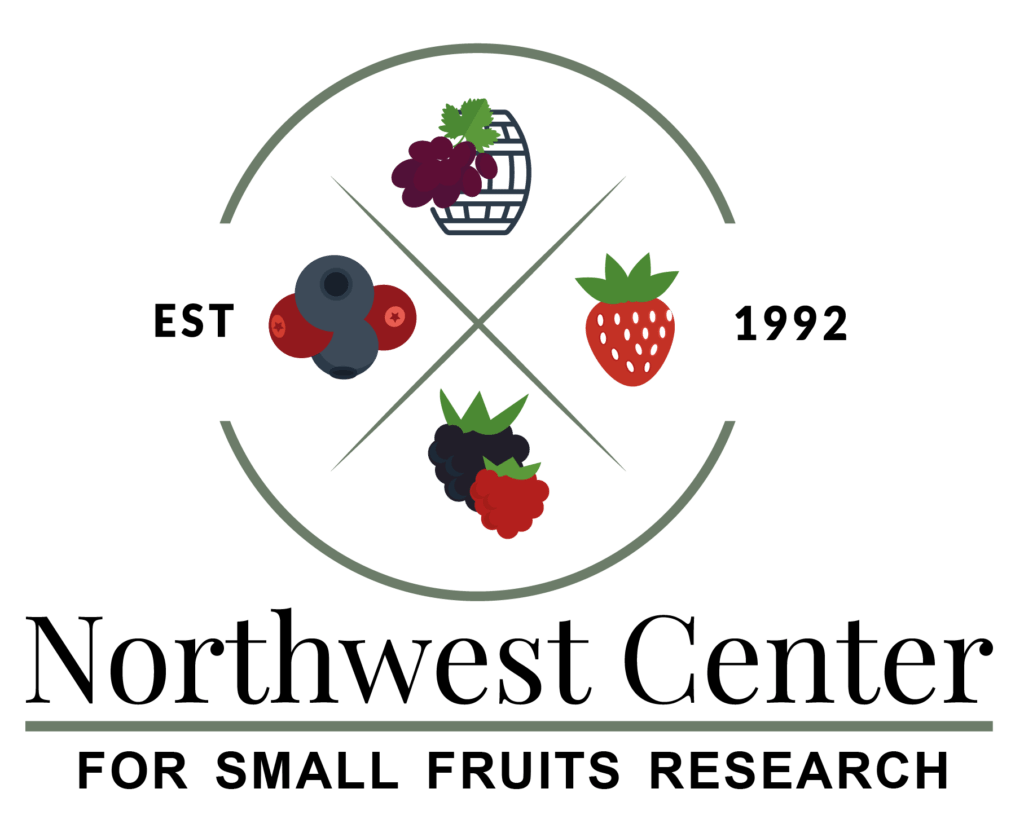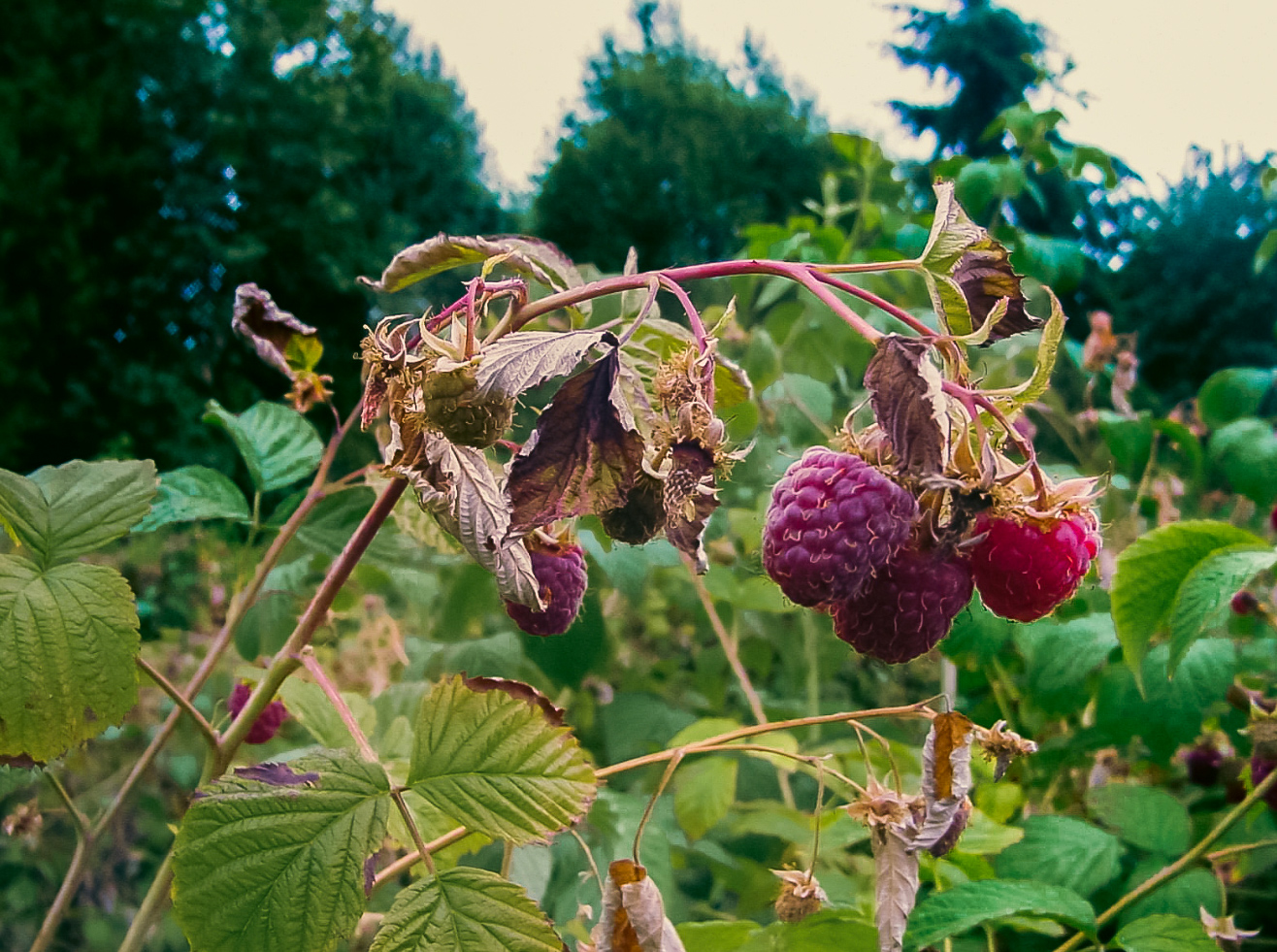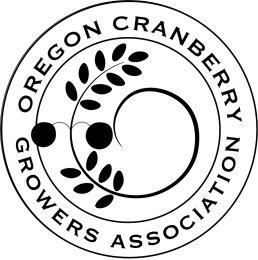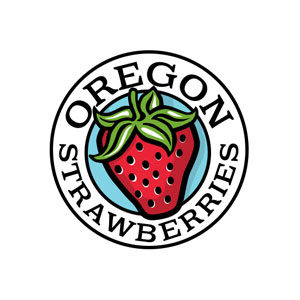Diversity of Pseudomonas syringae and diagnosis and management of bacterial canker on blueberry
- Research Status: Project completed 0000

Joyce Loper
Virginia Stockwell



Bacterial canker caused by the bacterial pathogen Pseudomonas syringae is characterized by killed buds and stems. The disease can be severe when environmental conditions support growth and infection of tissues in the fall and spring. The disease is especially damaging to young succulent plants. Copper is sprayed onto plants to control the growth of the pathogen and the development of bacterial canker. P. syringae actually refers to a complex group of pathogens, with individual members that have either a wide host range or narrow host range.
Surprisingly, little was known about P. syringae causing bacterial canker on blueberry. It was not known if only a single type of P. syringae with a narrow host range caused bacterial canker or if multiple types of the pathogen complex caused bacterial canker. P. syringae can use many traits to cause plant diseases, such as the production of plant toxins or the ability to nucleate ice formation. It was not known if there were specific traits required to cause disease on blueberry. Finally, the status of copper tolerance of P. syringae causing bacterial canker in the Pacific Northwest was not known.
We sampled tissues with symptoms of bacterial canker from commercial blueberry fields in Oregon and Washington. We tested the isolates of the pathogen for specific traits, determined the genetic relationship among the isolates, the capacity to cause disease, and tested isolates for their sensitivity to copper and agricultural antibiotics. We found that P. syringae causing bacterial canker of blueberry was genetically diverse and that some, but not all, isolates produced plant toxins or nucleated ice formation. Isolates were sensitive to the agricultural antibiotics streptomycin and oxytetracycline, but resistance to kasugamycin (a newly registered antibiotic sold as Kasumin) was common in Washington state. The majority of isolates in Washington and Oregon were resistant to copper. The diversity of the pathogen that causes bacterial canker indicates that there are numerous sources of the pathogen and the widespread copper resistance complicates disease control.
Stockwell, V., Shaffer, B.T., Bennett, R., Lee, J., and Loper, J.E. 2015. Characterization of Pseudomonas syringae from blueberry fields in Oregon and Washington. American Phytopathological Society Annual Meeting Abstract Book.














